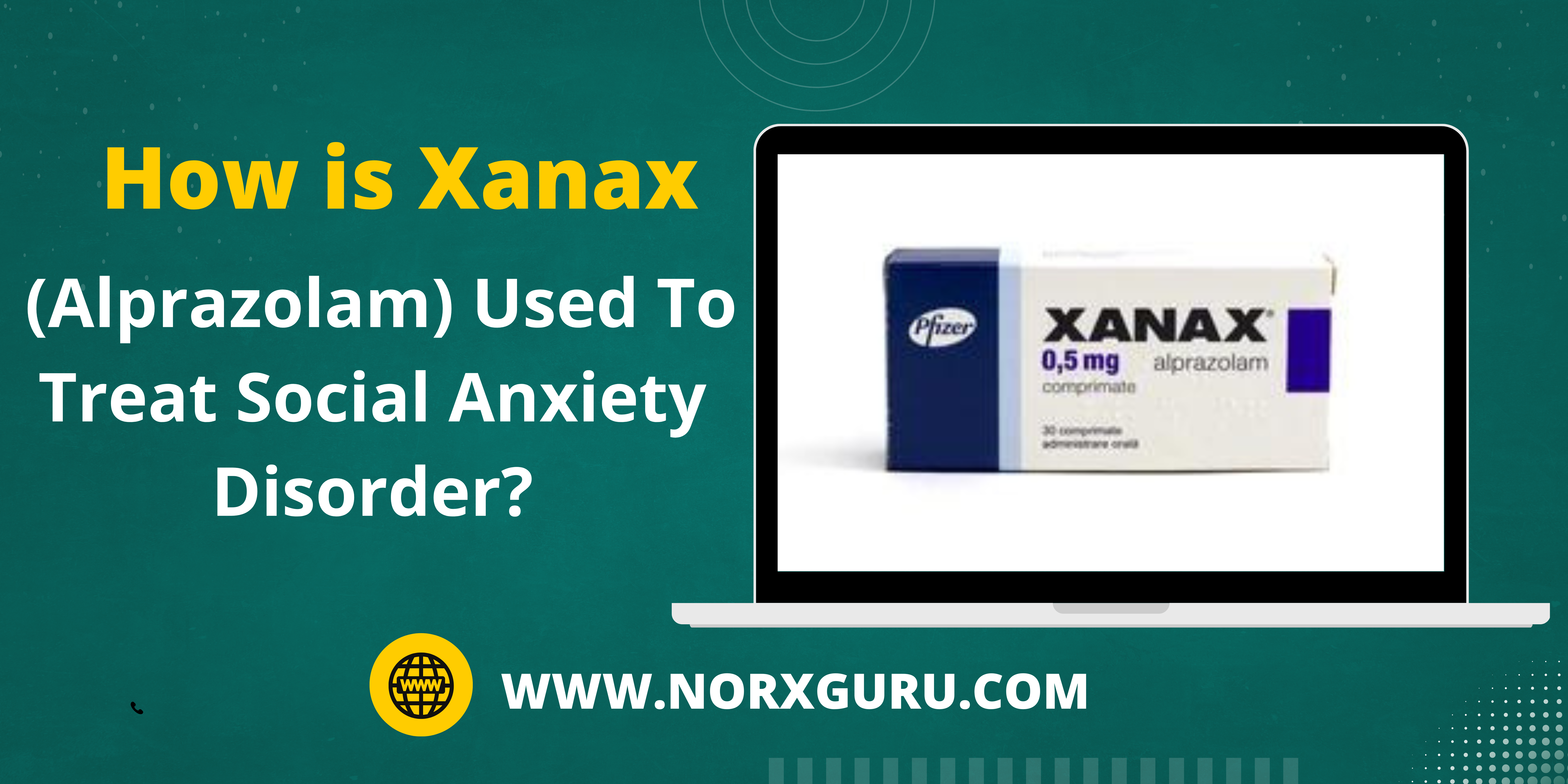What is social anxiety disorder?
Anxiety is the body’s typical response to stress or worry. When anxiety becomes persistent and has triggers, it would be best to take a professional opinion on how to treat it. There are various anxiety disorders like generalized anxiety disorder, panic disorder, obsessive-compulsive disorder phobias, and Social Anxiety Disorder.
Social Anxiety Disorder is the overwhelming fear of being negatively judged in social situations. It is common and natural to feel nervous in some social situations, for example, an office gathering or date. However, in SAD or Social Anxiety Disorder, you may constantly fear being judged in social situations, also called social phobia.
Symptoms of Social Anxiety Disorder include-
- Fear of situations in which people may judge you
- Worrying about embarrassment or humiliation
- Intense fear of interacting with others
- Expectation of the worst possible consequences Avoiding public attention
- Fear that others will notice your anxiety
- Physical symptoms like sweating, blushing, trembling or having a shaky voice, fast heartbeat, upset stomach, muscle tension, a feeling that your mind has suddenly gone blank, etc.
Treatment of Social Anxiety Disorder
In most cases of anxiety disorders, the standard way is to get psychotherapy, where a therapist would help you figure out why you feel anxious in social situations. After finding the root cause, it will be easier to start with a smaller gathering, move up to larger groups, and see how your treatment goes. Your doctor may also prescribe you medications like benzodiazepines for your anxiety. The most commonly prescribed medicine in the US for anxiety is Xanax.
What is Xanax?
Xanax is the brand name for Alprazolam and is prescribed to treat anxiety and panic disorders. Xanax is a part of a class of medications known as benzodiazepines, hence the functioning of a naturally existing chemical in the brain. Xanax is available in various doses depending on the severity of the disorder, and the dosage strengths vary from 0.25 to 3mg.
The dosage of Xanax prescribed to you will be based on your medical condition and response to treatment. Xanax functions to produce a calming and relaxing effect in the body. You can have Xanax with other medications, and it is advised that you inform your doctor about your medical history so they can prescribe the correct dosage for you.
Precautions to be taken while using Xanax
- Xanax is a level 4 controlled substance, meaning it has a slightly low chance of abuse but is, in fact, one of the most abused drugs in the US amongst school kids.
- It is essential that you keep your medication away from the reach of others, especially children.
- Xanax can make you dizzy and drowsy; it is advised that you abstain from alcohol, cannabis products, and other CNS depressants as they can aggravate the side effects.
- Older adults and pregnant women may be more sensitive to the side effects, and it is suggested that you have Xanax only if needed.
- If you have been using this for a long time, you may develop a dependence or tolerance for it.
- It is advised that you inform your doctor instead of increasing your dosage if you think the strength of Xanax prescribed to you isn’t working.
- Xanax is one of the US’s most commonly prescribed medications for anxiety. Due to its high demand, fake Xanax is also found on the streets. It is recommended that you Buy it only from trusted suppliers.
What are the possible side effects caused by Xanax?
The common side effects include-
- Dizziness
- Drowsiness
- Increased saliva production
- Change in sex drive
The common side effects of Xanax are likely to reduce with time, and it is advised that you inform your doctor if they get worse.
The severe side effects are-
- Frequent mood changes
- Trouble speaking
- Loss of coordination
- Trouble walking
- Memory problems
- Hallucinations or thoughts of suicide
The severe side effects are unlikely and rarely noticed in patients. If you notice any severe side effects, you should immediately look for medical assistance.
How long does Xanax stay in your system?
The half-life of a drug or a substance is the time it takes for half of the active drug to leave the system. Ideally, it takes a drug 5 to 6 half-lives to be entirely eliminated from the system. The half-life of Xanax varies from 6 to 27 hours. However, the average is 11 hours.
Tests can still detect traces of the drug in your body-
Blood- Blood tests can see traces of Xanax for up to 24 hours
Saliva- Xanax can be seen in the saliva for up to 2.5 days after the last dose
Urine- Urine tests can find traces of Xanax for up to 4 days to a week
Hair- Hair takes a long time to grow, so Xanax is detectable for a more extended period of 1 month in the hair follicles after the last dose.
How should you take Xanax?
Xanax is orally administered to patients with anxiety and panic disorder. You can have it with or without food as directed by your doctor. The recommended starting dosage is 0.25 to 0.5mg for General Anxiety Disorder, taken thrice daily. The maximum dosage for anxiety disorder is 4mg in a day.
The dosage of Xanax prescribed will be based on your medical condition and response to treatment. If you have been using this for a long time, it is advised that you taper your dosage before you discontinue it to avoid withdrawal symptoms that may last for a long time. If you have Xanax Bars, you can break them into smaller pieces of 0.5mg each with the help of the grooves on the bar.

